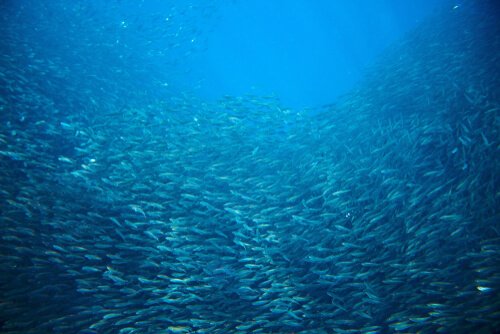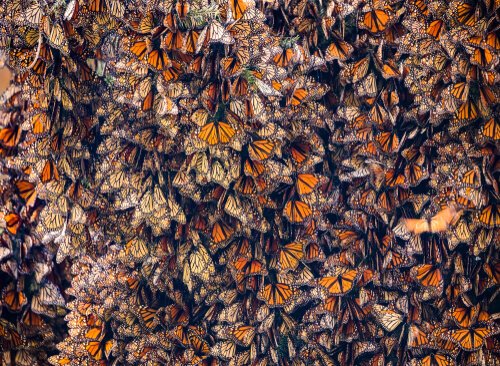The most amazing massive migrations
There is a phenomenon in nature whose spectacularity stands out above all: massive migrations. Crossing oceans or crossing whole continents in search of better climate or food is undoubtedly something admirable.
In this article we are going to discover some of the most amazing mass migrations; from the animal that can travel the most kilometers or the migration with the greatest number of specimens ever seen.
Birds, those great travelers
We are, without a doubt, facing animals that make the most incredible migrations both in difficulty and in distance.

An example of this is the Arctic Tern ( Sterna paradisaea ), which leads the ranking > em> of the longest recorded migration. This small bird does not surpass 100 grams of weight, and is capable of traveling up to 71,000 kilometers.
On their route, these birds travel from Antarctica, through Africa and several regions of South America, until you reach the Arctic . This long road takes days, during which the tern makes stops to feed.
If we talk about amazing massive migrations, the needle colipinta ( Limosa lapponica ) also deserves a mention . These birds are able to travel great distances without stopping at any time.
A registered specimen of this species traveled 11 500 kilometers without stopping , from Alaska to New Zealand. This data is, to date, the longest non-stop flight ever recorded.
Massive marine migrations
If we talk about marine migrations, the prize is for the sardine (> Sardinops sagax). We are facing a migration that involves the mobilization of the largest animals on the planet, next to the one that carries out the ñu ( Connochaetes sp. ) in Africa.

During its route of more than 1 500 kilometers, this gigantic fish bank reaches more than 10 kilometers long and between 30 and 60 meters deep. It is the size that these banks can be seen from small planes or ships.
The magnitude of this massive grouping of sardines attracts countless predators. This causes what in biology is known as feeding frenzy.
Also highlights the migration of the humpback whale ( Megaptera novaeangliae ). These animals hold the record among the longest migrations among mammals . Traveling from the South Pole to Costa Rica, and making the return trip, they can travel about 17,000 kilometers.
And what about insects?
In this category the queen is the monarch butterfly ( Danaus plexippus ). Each summer, these insects travel almost 5,000 kilometers from Mexico to reach the Canadian forests.

Some specimens are capable, even of transatlantic migrations , so they can be observed in some areas of Great Britain and Spain.
Dragonflies are the migratory insects that travel the longest. In particular , the orange raytracing dragonfly ( Pantala flavescens ) is capable of transoceanic flights. Taking advantage of the air currents and hurricane winds, these animals can travel up to 14,000 kilometers.
Finally, note that there are many other migratory phenomena that we have not captured here.


